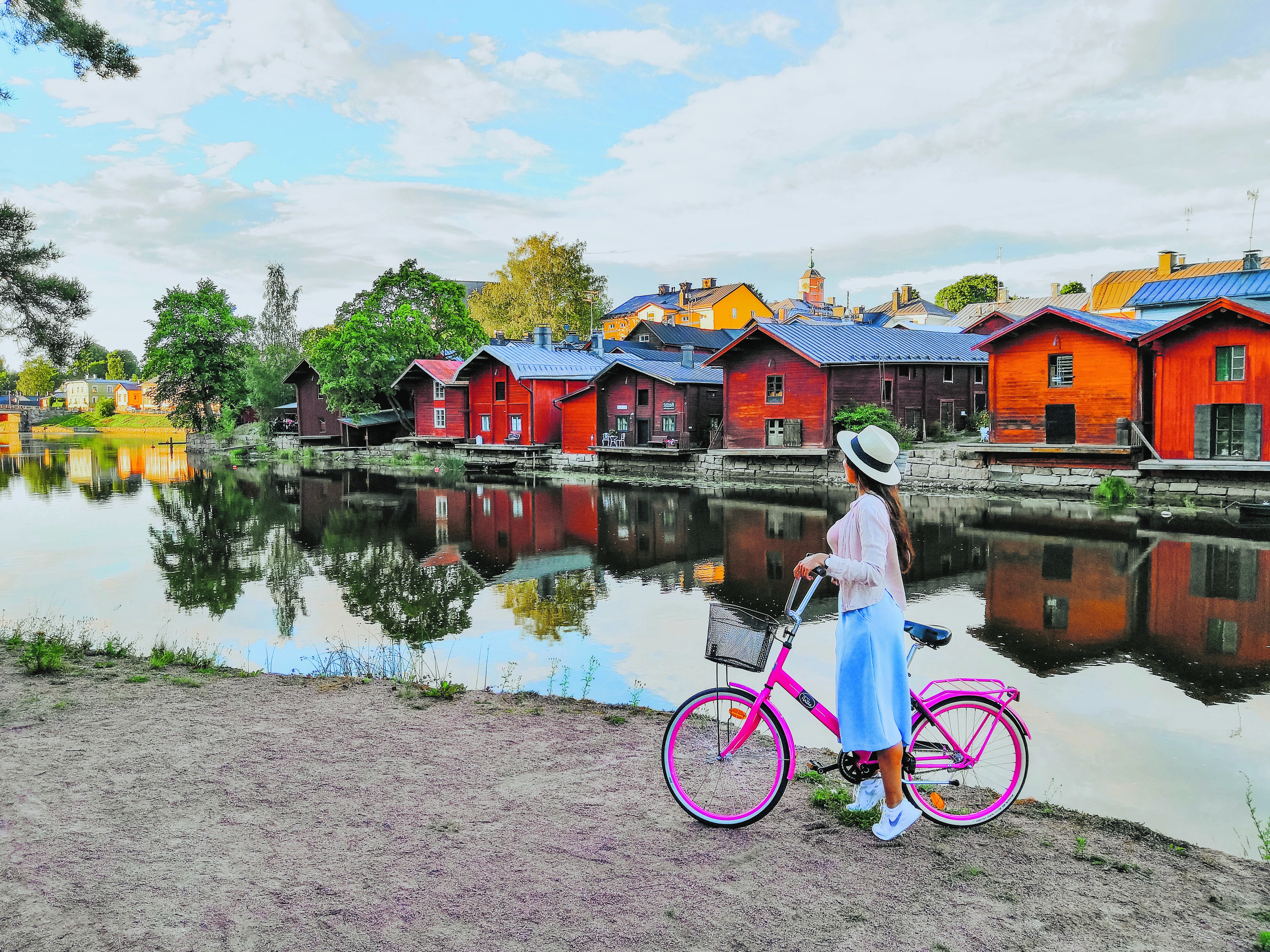The most easily accessible wooden districts of Helsinki are Wooden Käpylä, Wooden Vallila and Wooden Kumpula. They’re all within walking distance from one another and quite near the city centre, and are reachable by tram, bus or train.
Designed after the “garden city movement” from England with private garden plots for all tenants, these areas were built in the early 1900s with the goal of improving the lives of the city’s industrial workers. Today, they are highly desirable residential areas for bohemian types, as well as artists, actors, writers, and musicians.
A stroll along the main street of Wooden Käpylä, for example, is like walking through a movie set. You just might see a film crew rolling down the sidewalks – or at least a bus full of tourists snapping photos – of this unique, timeless neighbourhood.
Learn more about what to see and do in Helsinki at My Helsinki site.
